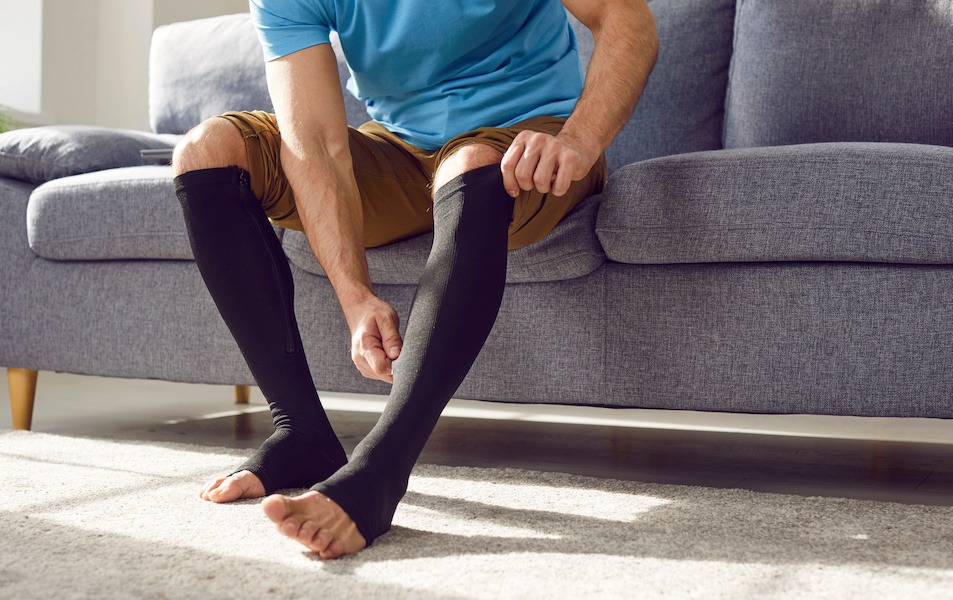When choosing the right compression garment, it’s important to consider various factors to ensure you select a garment that meets your specific needs and offers maximum benefit. Compression Care has some key considerations to keep in mind when choosing your compression garments.
Understanding Your Needs
Before selecting a compression garment, assess why you need it. That could be for athletic performance enhancement, medical conditions requiring swelling management or circulation improvement, or specific conditions like lymphedema, chronic venous disease, or during pregnancy.
Types of Compression Garments
There are various types of compression garments, including socks, stockings, leggings, bandages, wraps, and pumps. Each serves different purposes, such as managing swelling, improving circulation, aiding muscle recovery, or providing localized support.
Conducting Research
Once you’ve identified potential garments, research their specific features, benefits, and user experiences. This helps make an informed decision and ensures the garment meets your requirements.
Comfort and Confidence
Choose a garment that offers comfort and boosts your confidence. Consider aspects like length, coverage, design, and style. The garment should feel like a second skin, providing support without restricting movement.
Getting the Right Fit
Accurate body measurements are crucial for the perfect fit. Measure yourself following the manufacturer’s guidelines, considering variations in brand sizing. The garment should be snug but not tight, and it’s advisable to remeasure to account for body changes throughout the day.
Understanding Compression Levels
Compression garments come in various levels. Consult a medical professional to determine the right compression level for your personal needs, as North American standards may vary.
Material Choice
The material of the compression garment affects comfort and performance. Common materials include nylon, spandex, and cotton blends. Consider breathability, moisture-wicking capabilities, and any allergies or sensitivities.
Durability and Care
Choose durable, high-quality materials to ensure longevity. Consider multiple pairs for rotation, and follow care instructions to maintain effectiveness and extend the garment’s life.
Professional Advice and Fitting
Seek advice from a healthcare professional or a certified compression garment fitter to make sure you have the proper size and type of garment for your needs. They can offer personalized guidance and assist with proper fitting, especially considering any underlying medical conditions.
Compression Care
Selecting the right compression garment involves understanding your needs, researching different types, ensuring a comfortable and correct fit, considering material and durability, and consulting professionals for personalized advice. You can find a therapist in your area or reach out to Compression Care to help get you fitted and find the proper compression garment for you.

